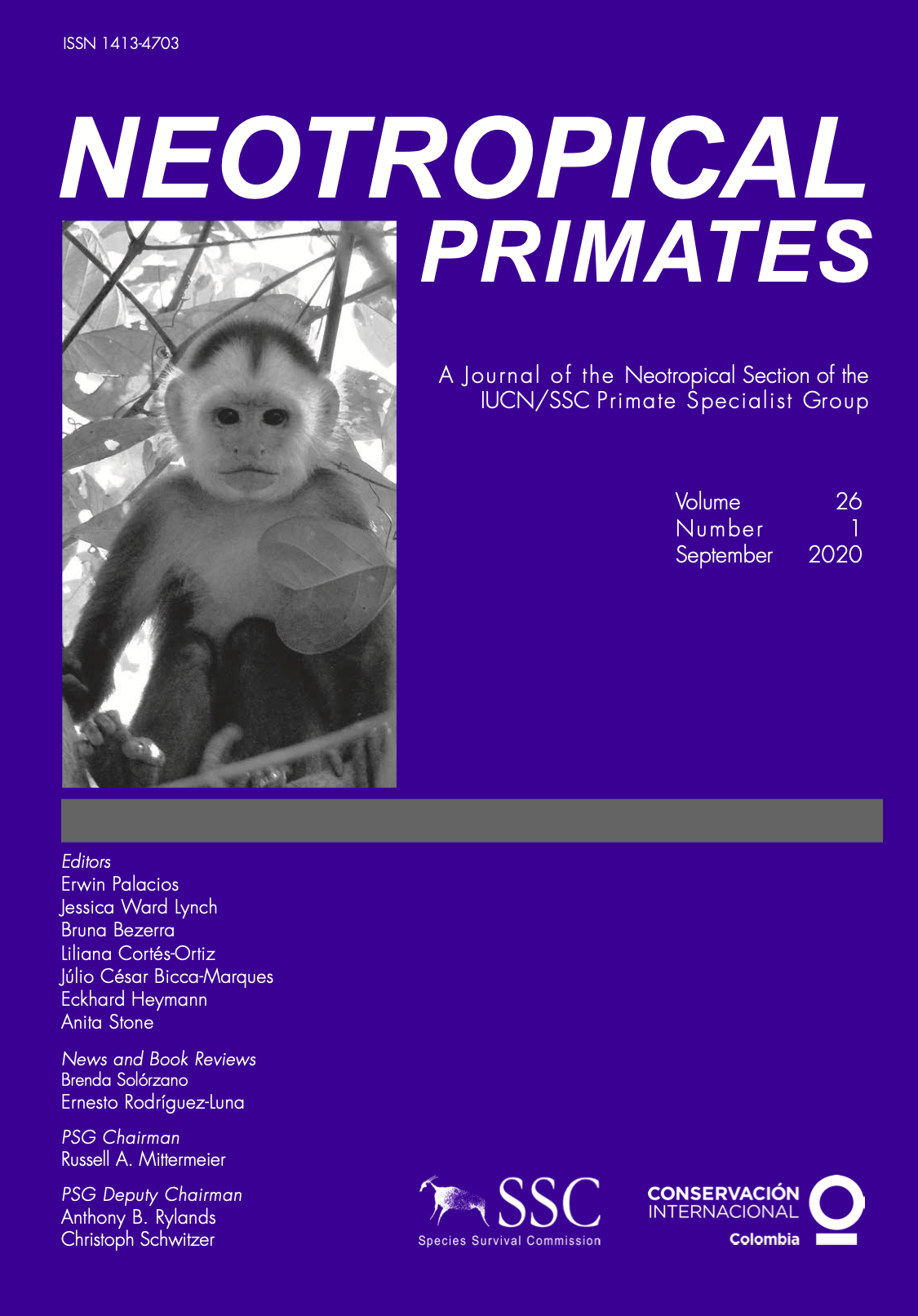Reducción en la densidad poblacional del titi gris (Saguinus leucopus) en el oriente de Caldas, Colombia
DOI:
https://doi.org/10.62015/np.2020.v26.80Keywords:
Effective monitoring, socio-political change, population density reduction, White-footed tamarinAbstract
Monitoring of population parameters is basic to plan and adapt the management strategies of wildlife. In the east of Caldas region, in a framework of the public-private alliances, they have implemented management strategies and monitoring of white-footed tamarin (Saguinus leucopus) as a priority species to this region. This species is in Endangered due to habitat reduction and fragmentation and pet trade. During 2015 we carried out a population density estimation to get current the diagnosis of conservation status of the primate and to compare with previous estimates in 2006 and 2008. In this sampling, the population densities were between 14 and 109 ind/km2. In two out of the four localities that were sampled a second time, there were reductions of 61 and 70 % comapred with 2008. It is highly probable that these decreases are associated with the pet trade as a result of the increase in accessibility to the area driven by the socio-political changes in the region

Downloads
Published
Issue
Section
License

This work is licensed under a Creative Commons Attribution-NonCommercial-ShareAlike 4.0 International License.


